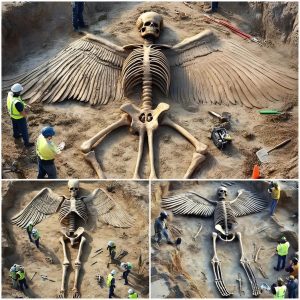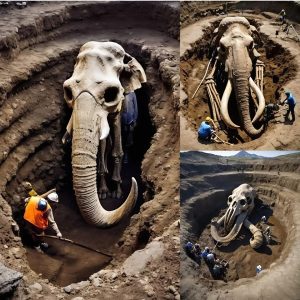The pyramids of Egypt have stood as timeless monuments to the ingenuity and ambition of ancient civilizations. For centuries, these colossal structures have captivated the imaginations of historians, archaeologists, and tourists alike. But recent discoveries have uncovered startling and frightening secrets about the principles of pyramid construction, leaving experts and enthusiasts both in awe and fear.

Ancient Engineering Marvels
The construction of the pyramids, particularly the Great Pyramid of Giza, has long been a subject of fascination and debate. These structures were built with such precision that modern engineers still marvel at the techniques employed by the ancient Egyptians. The alignment with celestial bodies, the exact measurements, and the sheer size of the stones used have led to countless theories about the methods and knowledge possessed by these ancient builders.

The Chilling Discovery
In a recent expedition, a team of archaeologists made a spine-chilling discovery within a previously unexplored chamber deep inside the Great Pyramid. This chamber, hidden from view for millennia, contained ancient scrolls and artifacts that reveal a darker side to the construction of these grand monuments.
The scrolls detailed the use of a mysterious and powerful force that the Egyptians believed was bestowed upon them by the gods. This force, described in the ancient texts as “Sekhem,” was said to grant the ability to manipulate massive stones and perform feats of construction that defy modern understanding. However, the use of Sekhem came at a terrifying cost.

A Dark Bargain
The texts reveal that Sekhem was not a gift freely given, but rather a bargain struck with otherworldly entities. The ancient Egyptians believed that to harness this power, they had to make sacrifices, both in terms of offerings and human lives. The scrolls describe ritualistic ceremonies that were performed to appease these entities, ensuring their continued favor and the success of their monumental projects.
The Curse of the Pyramids
Further examination of the artifacts uncovered curses inscribed on the walls of the hidden chamber. These curses warned of dire consequences for those who would disturb the resting places of the pharaohs and tamper with the secrets of Sekhem. Historical accounts of tomb raiders and explorers who met with misfortune after entering the pyramids now seem to take on a new, eerie significance.
Expert Reactions
The revelation of these findings has sent shockwaves through the archaeological community. Some experts are skeptical, attributing the accounts to ancient superstition and fear-mongering. Others, however, are taking the warnings seriously, urging caution in further explorations of the pyramids.
Dr. Amelia Hawthorne, a leading Egyptologist, remarked, “These discoveries challenge our understanding of ancient Egyptian culture and their relationship with the supernatural. While we must approach these findings with a critical eye, the evidence cannot be ignored. It opens up a new dimension to the story of the pyramids, one that is as fascinating as it is terrifying.”
The Future of Pyramid Exploration
As researchers grapple with these unsettling revelations, the future of pyramid exploration hangs in the balance. Will the pursuit of knowledge and historical understanding outweigh the fear of potential curses and supernatural retribution? Only time will tell.
Conclusion
The secrets of the ancient Egyptians continue to unravel, revealing a complex tapestry of engineering brilliance and dark mysticism. The recent discoveries within the Great Pyramid have shed light on the incredible, yet terrifying, principles behind its construction. As we delve deeper into these mysteries, we are reminded of the thin line between human achievement and the unknown forces that may have shaped our history. The pyramids stand as a testament to this delicate balance, inviting us to uncover their secrets while respecting the ancient warnings that echo through time.





